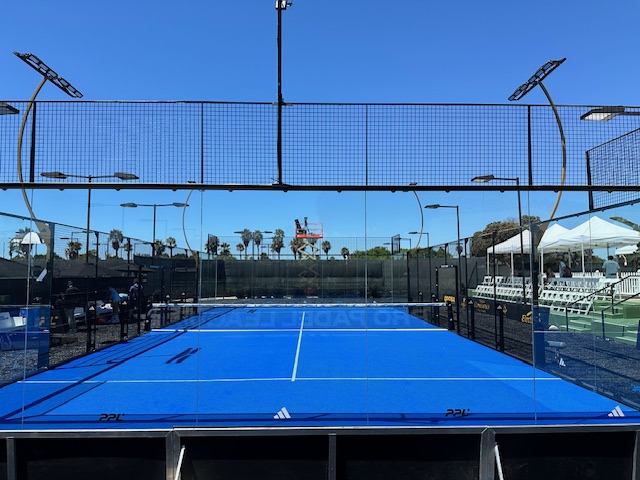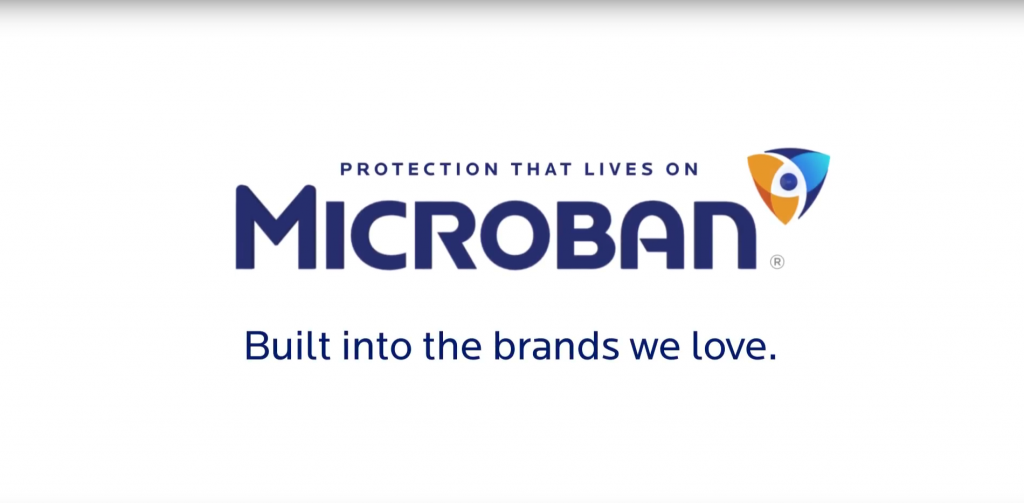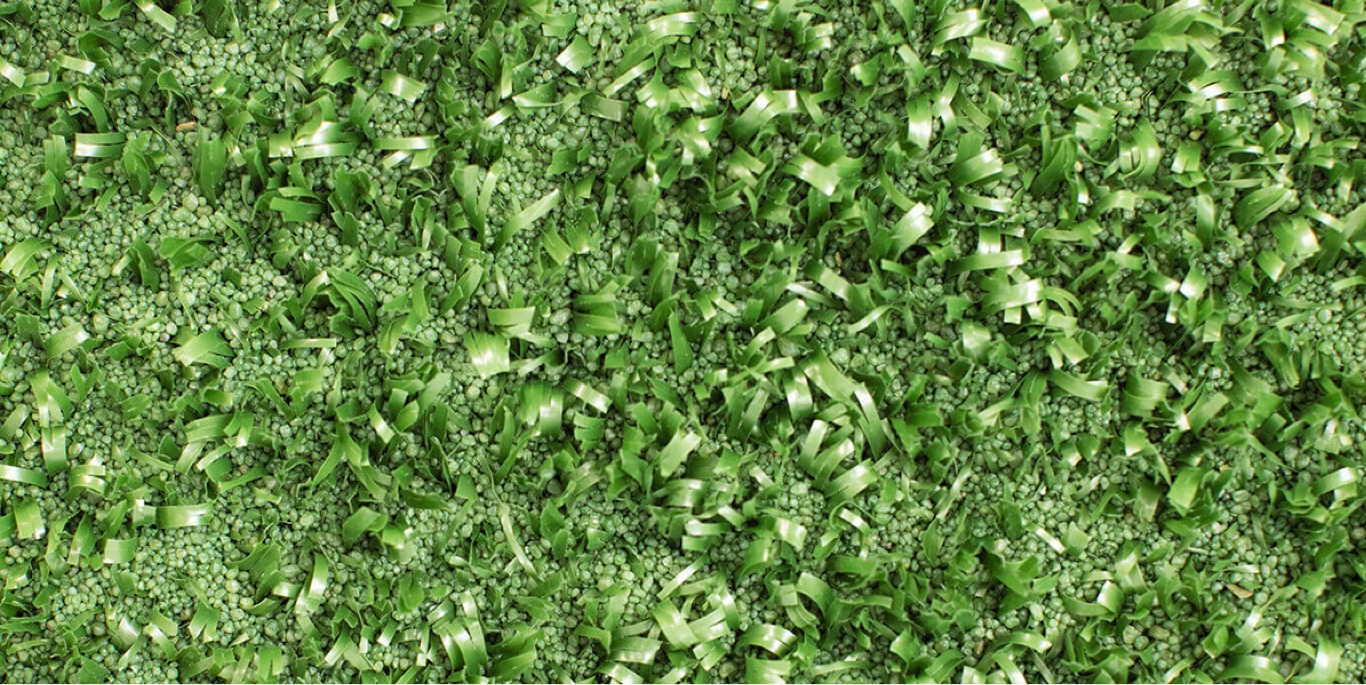
Infill Landscape Blog
Subscribe To Email Updates
Subscribe to our weekly newsletter and we’ll send updates straight to your inbox
Which Size of Envirofill Turf Infill Do I Need for My Artificial Turf Project?
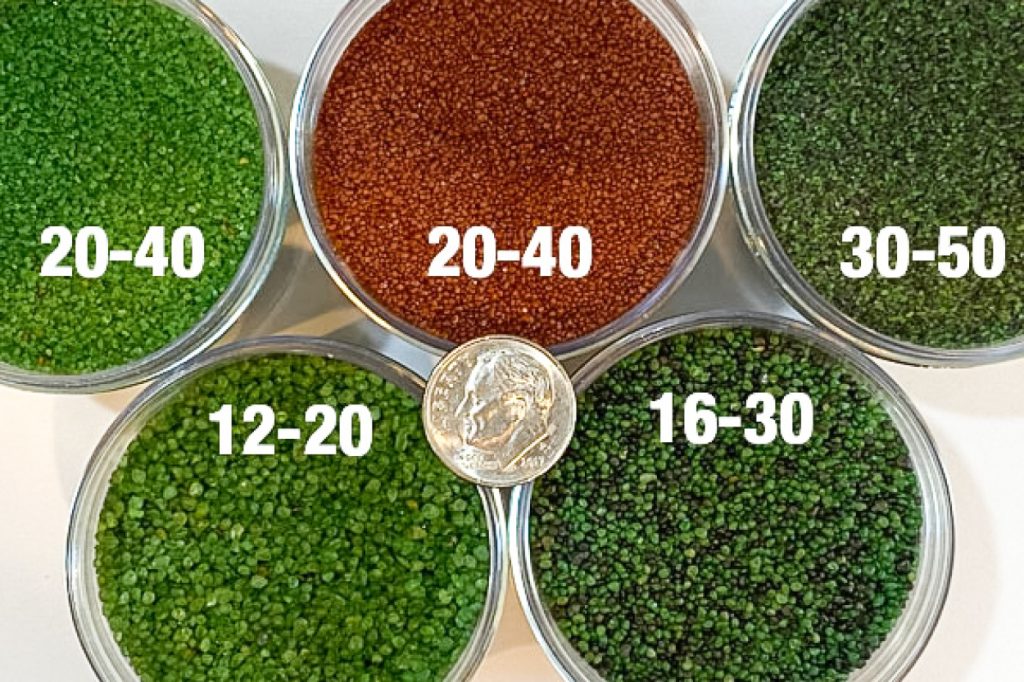
As a home landscaping or sports facility option, artificial turf takes the cake when it comes to being a surface solution that’s low maintenance, safe for the whole family, and looks pristine all-year round.
If you’re thinking about making artificial turf the standout feature of your backyard, playground, putting green, or maybe even a bocce or tennis court, then you’ll want a turf infill, like Envirofill, you can count on to help your artificial turf look and perform its best.
So when it comes to installing Envirofill for your turf project, where do you start? How do you know what size and color you need? We break it all down for you below.
Why Envirofill Artificial Turf Infill is the Perfect Match
First things first, let’s start off with why you need an artificial turf infill, like Envirofill, in the first place.
Have you ever passed a meticulously manicured artificial turf lawn and wondered how it was possible that the blades looked so lush, vibrant, and perfectly straight? Well, turf infill is to thank for that. Here’s what it does for your synthetic turf:
- Turf infill protects the whole synthetic turf system by serving as the protective barrier for your turf backing and fibers.
- Artificial turf infill, like Envirofill, creates a lush and vibrant aesthetic without the need for extensive watering or maintenance. In fact, water is only needed once or twice a month to keep your artificial turf looking like new.
- Envirofill keeps turf fresh and clean. Microban® is infused into each grain of Envirofill, and it’s a non-toxic, long-lasting antimicrobial agent that hinders the growth of bacteria, mold, and mildew.
Read more about our turf infill, Envirofill, its uses and benefits in this blog.
Artificial Turf Density and Why it Matters for Turf Infill Size
Artificial turf is made from synthetic turf fibers, using mainly three types of materials: polypropylene, polyethylene, and nylon. These synthetic fibers are blended with other ingredients to improve the integrity of the turf and are fashioned into yarn. The yarn is then stitched together with a backing, but it’s how the yarn is stitched (with varying densities) that makes the resulting artificial turf carpet specific to one type of activity over another.
Turf density is measured by the number of shoots per unit area. You can think of it like trees in the forest. The more trees per square foot, the more dense the forest is; the more turf blades per square foot, the higher the artificial turf density.
Because of varying amounts of space between each blade, different turf densities need different sizes and amounts of artificial turf infill to settle perfectly into the turf carpet. That’s why when you’re spreading infill into artificial turf, it’s crucial to use the right size turf infill for that type of turf.
Turf infill is measured by sieve size, which describes the minimum and maximum mesh sieves each grain of Envirofill would be able to fit through. For example, the 12” in the 12-20 size is the largest hole in the sieve that product would fit through, and the 20” is the smallest hole in the sieve that product would fit through.
Since there will be more infill than any other component in your synthetic turf system, your choice of infill directly affects the lifetime quality of your turf application. So from putting greens to playgrounds, we’ll help you choose the ideal Envirofill infill for your artificial turf project.
Choosing the Right Envirofill Type and Size for Your Synthetic Turf Project
Now comes the fun part. Choosing a color and size of Envirofill to complete your synthetic turf project.
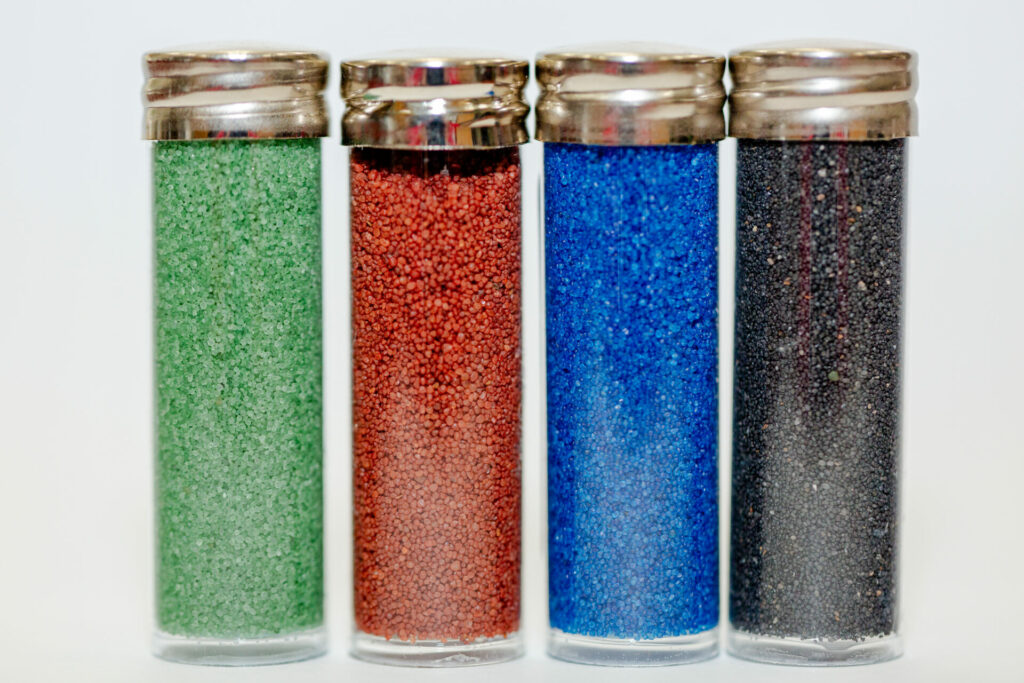
You might be wondering what the most important factor in finding the correct size of Envirofill for your artificial turf project is. Well, it all comes down to how you’ll be enjoying your new luscious, green space! Let’s get into the details, so you can find the perfect size Envirofill for your artificial turf project:

Artificial Turf Infill for Pets, Lawns, Playgrounds & High-Performance Sports Turf
Are you a homeowner installing a backyard lawn with dogs or kiddos at home? Maybe you’re installing a playground in your own backyard or for a park or preschool? Or perhaps you’re an athletic director installing a new synthetic turf sports field?
If you answered yes to any of these questions, then Envirofill 12-20 or 16-30 are the ideal Envirofill sizes for your project to keep your surface safe, clean, and performing at its best.
Envirofill Green Benefits:
- The round shape of each granule is easygoing on feet, paws, and turf.
- Microban’s antimicrobial technology helps prevent the growth of bacteria, mold, and mildew that can cause stains, odors, and product deterioration keeping kids and pets safe.
- It doesn’t wear down over time, making it a reliable surface for play/sports for the lifetime of your turf. Because of its superior durability, Envirofill’s color and coating is warrantied for 16 years.
- Promotes better drainage because it doesn’t compact — even with heavy use — leaving room for water and pet urine to drain naturally.
- It’s CA Prop 65 labeling exempt.
Learn more about Envirofill’s Microban technology
Envirofill 12-20 and 16-30 (color: green)
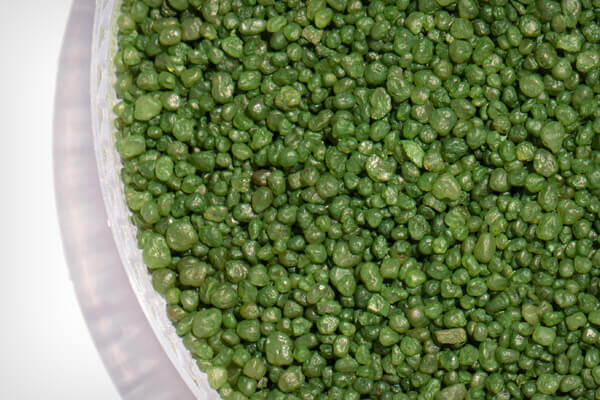
Artificial Turf Infill for Putting Green Turf
Golf pros and aficionados alike are known to bring their love of the game right into their backyards. Putting green turf is easy to maintain, it looks great, and performs well. If you’re installing a putting green at home or at a golf facility, we recommend Envirofill 30/50 and 16/30:
30-50 is recommended for shorter pile (3/8-5/8”) textured nylon or poly putting green turf. These turf types are quite dense, so the very fine sieve size of 30-50 allows installers to infill the synthetic turf much quicker.
16-30 is generally used for “sand-filled” putting greens. These are typically higher-end systems built for avid golfers with a different style of turf (slit film 1-1.25”).
To learn more about the right putting green turf system for you, check out this blog.
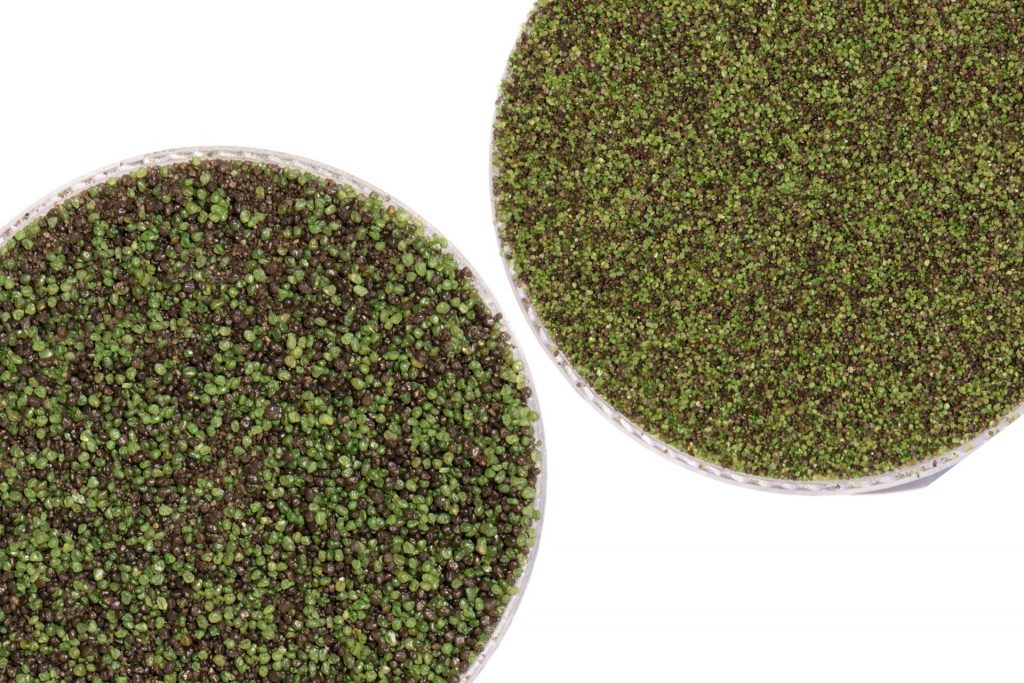
Envirofill Green & Black Benefits:
- Envirofill doesn’t compact, so it will keep a consistent speed for the life of your putting green.
- Microban technology helps prevent the growth of bacteria, mold, and mildew.
- The special blend of black and green mimics a natural surface that will leave your guests impressed.
- Putting green turf can be very dense and difficult to infill. With its rounded shape, uniform size, and smooth surface, Envirofill quickly settles into the putting green turf surface quickly and easily, saving you time and energy.
Envirofill 16-30 (colors: black & green blend OR green) & 30-50 (black and green blend)
Artificial Turf Infill for a Bocce Ball Court or Tennis Court
Ready to upgrade your home’s outdoor space or perfect your tennis swing in the comfort of your own backyard? Bring the fun of bocce or tennis home to enjoy with the whole family with Envirofill green or red clay!

Envirofill Red Clay & Green Benefits:
- Envirofill’s smooth, round edges make installation easy on dense tennis court material.
- Green and red clay color choices give the look of a natural grass bocce ball court or clay tennis court.
- Envirofill allows for a consistent texture and uniform bounce for the life of the court.
Envirofill 20-40 (colors: green & red clay)
Artificial Turf Infill for Padel Courts
Meet the newest sport craze – padel. Padel is a racquet-based ball sport that can best be described as being a mixture of squash and tennis. It’s played within an enclosed space on blue turf but on a smaller court size than tennis. Fun fact, it’s one of the fastest growing sports in the world with around 25 million people playing across the globe. If you’re looking to add a padel court to your facility, here’s why Envirofill Blue is the perfect infill.
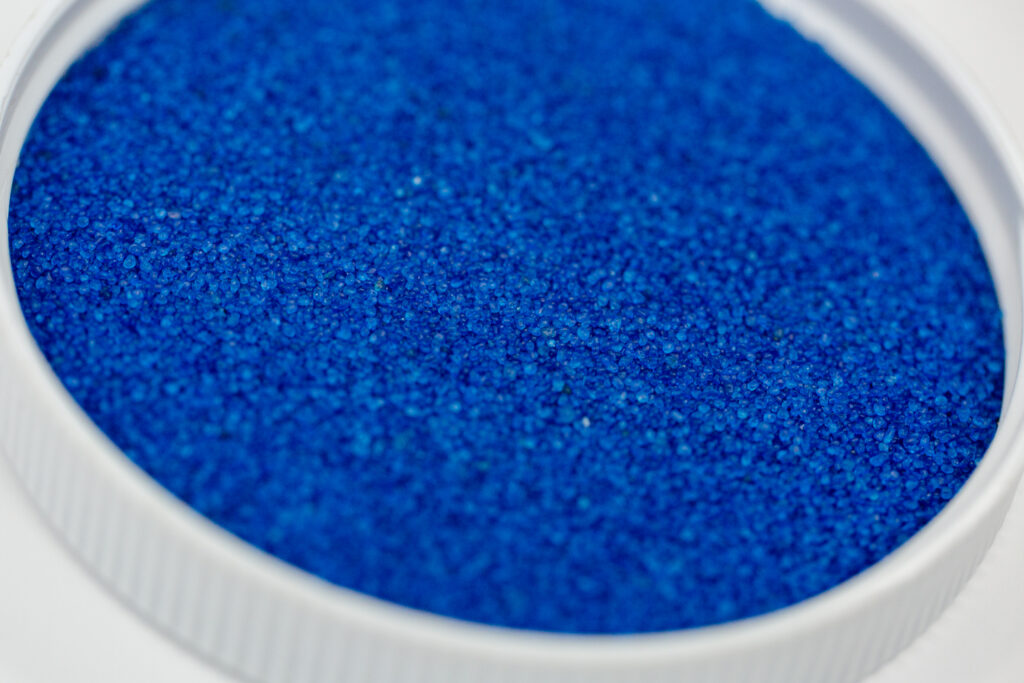
Envirofill Blue Benefits:
- Envirofill Blue adds to the beauty of your padel court by offering a consistent colored surface that will wow friends and family.
- Its shape, size, and smooth surface help it to quickly settle into turf saving you time, energy, and aggravation.
- It fights against mold, bacteria, and mildew keeping you and your loved ones safe while playing and your court surface clean.
- Envirofill’s highly rounded quartz core resists compaction and migration so the court’s traction stays more consistent over the life of the surface.
Choosing your ideal Envirofill size for your project is simple
| Application | Sieve Size | Colors Available |
|---|---|---|
| Lawns | 12-20 or 16-30 | Green |
| Sand-Filled Putting Greens | 16-30 | Green or Green/Black Blend |
| Shorter Pile Putting Greens | 30-50 | Green/Black Blend |
| Bocce & Tennis Court | 20-40 | Green or Red Clay |
The Envirofill Choice is Yours!
Whether you’re looking to start an artificial turf project at your home or make an upgrade to your facility, our team is here to help you find exactly what you need. Ready to get started?

